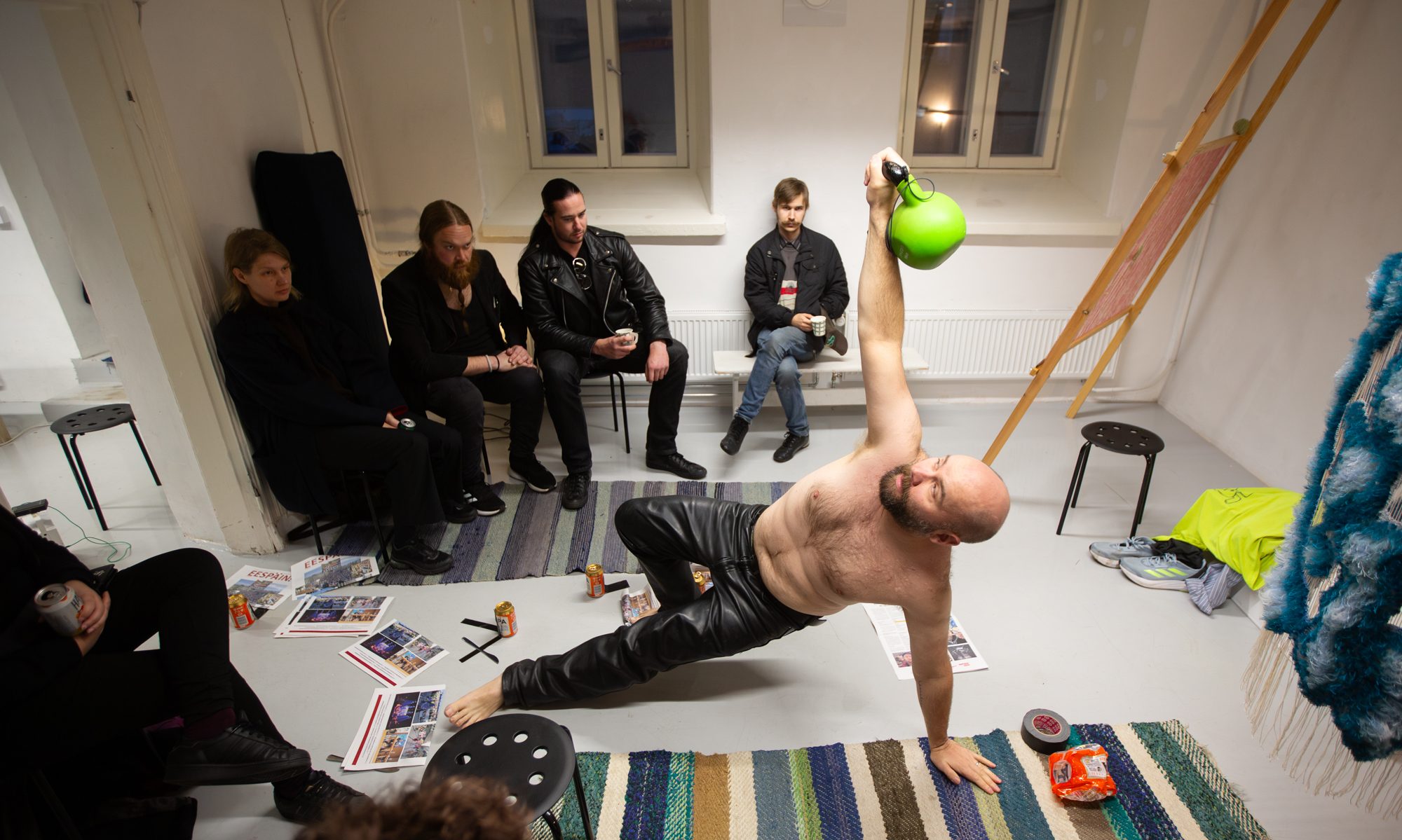Arche-scripture: a speculative archeological experiment (2022) Alberto Harres. An inspiring but very techy and grandiose artwork. Harres built an archive of human voices discussing the COVID pandemic in different mother tongues, then transcribet them into code which was drawn on clay and programmed a machine to read the code to piece together the fragile narratives. They provide a media-analysis of the human voice on their github page, defining it ”as an archive of itself” possessing the power to (sur)passthrough individual bodies: ”[voice as a message] manifests itselves in a multitude and sequence of bodies, connecting to one another”. He refers to the Archivist Manifesto (2013) Yuk Hui and summarizes it with bullet points.
– Our lives are mediated through Archives.
– We have become, in fact, interfaces of archives.
– These archives are on the hands of very specific corporations
– Opaque unnavigable archives in which we have no agency towards
– This lack of agency brings the question, to what discourse are the traces from our gestures been serve to?
– What will be the future history, future lives, of these digital objects of our memory? How long will they live for?
ANCESTROFUTURISM; Ancestralities and Technoshamanism (2017?) Fabiane M Borges & Maria Luiza (Malu) Fragoso. Also referred to by Harres. The article looks for intelligent but non-rational ways to confront the future. In my read the text is an attempt to produce inclusive spaces for collaboration by emphasizing intuition and spirituality as collaborative techniques. The authors also provide a critical analysis of postmodern capitalism, best exemplified in silicon valley moguls. They investigate: ”Hyperstition” a term combining hyper with superstition. I think this term is great for understanding why tech-business people are worshipped: They provide speculative narratives for our future (such as colonies in Mars and miraculous transpants) only to sell people products of the past (such as cars). The investments people make in companies operating hypersitiously, aid in bringing about the social and cultural change their directors desire.
Dark Scenes from Damaged Earth – The Gothic Anthropocene (2022) Justin D. Edwards, Rune Graulund, and Johan Höglund (editors) is a great collection of articles for combating the ideological rationale of the anthropocene and discovering shared non-rationalities to lean to. The Anthropocene by Jeffrey Andrew Weinstock and De-extinction […] by Michael Fuchs are great reads for forging tools to combat the pacifying and overwhelming impact of climate anxiety. Through them I could imagine anthropocene and climate change as literature genres which only represent a facet of the issues . This distance offered a glimpse to the ideological roots of the phenomenon and a path to read them in a more engaging manner. Horrors of the Horticultural […] by Lisa M. Vetere provides a recap on the prevailing techno-cultural landscape and the ideologies that birthed it and Overpopulation: The Human as Inhuman by Timothy Clark offers an anti-necropolitical(?) read of the overpopulation narrative by exposing a concerning hierarchical apparatus embedded in it. Goth is great and I now want to make horror-stories!

